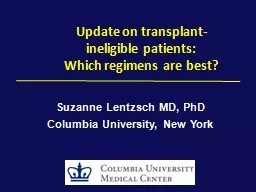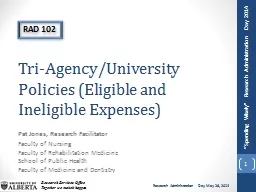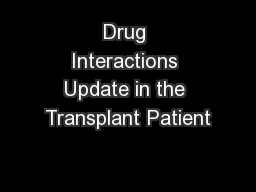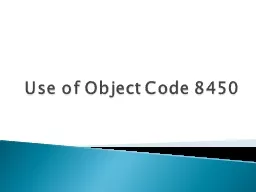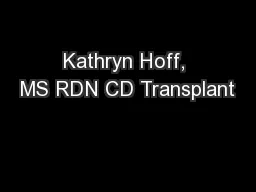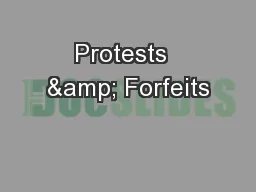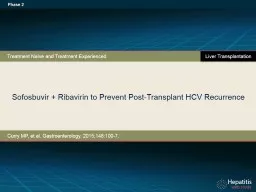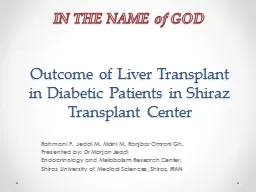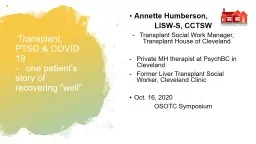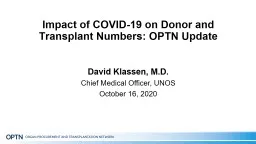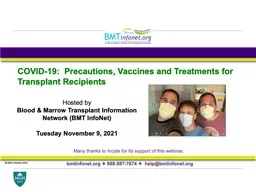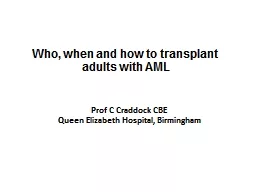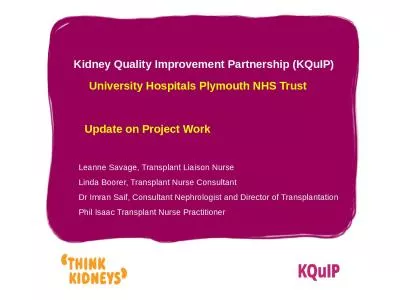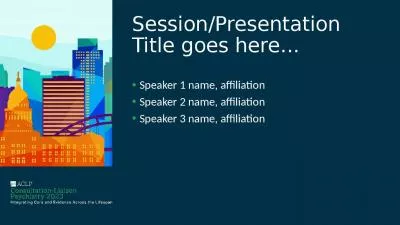PPT-Update on transplant-ineligible patients:
Author : trish-goza | Published Date : 2016-08-03
Which regimens are best Suzanne Lentzsch MD PhD Columbia University New York Disclosures for Suzanne Lentzsch MD PhD Honoraria Scientific Advisory Board Speakers
Presentation Embed Code
Download Presentation
Download Presentation The PPT/PDF document "Update on transplant-ineligible patients..." is the property of its rightful owner. Permission is granted to download and print the materials on this website for personal, non-commercial use only, and to display it on your personal computer provided you do not modify the materials and that you retain all copyright notices contained in the materials. By downloading content from our website, you accept the terms of this agreement.
Update on transplant-ineligible patients:: Transcript
Download Rules Of Document
"Update on transplant-ineligible patients:"The content belongs to its owner. You may download and print it for personal use, without modification, and keep all copyright notices. By downloading, you agree to these terms.
Related Documents

